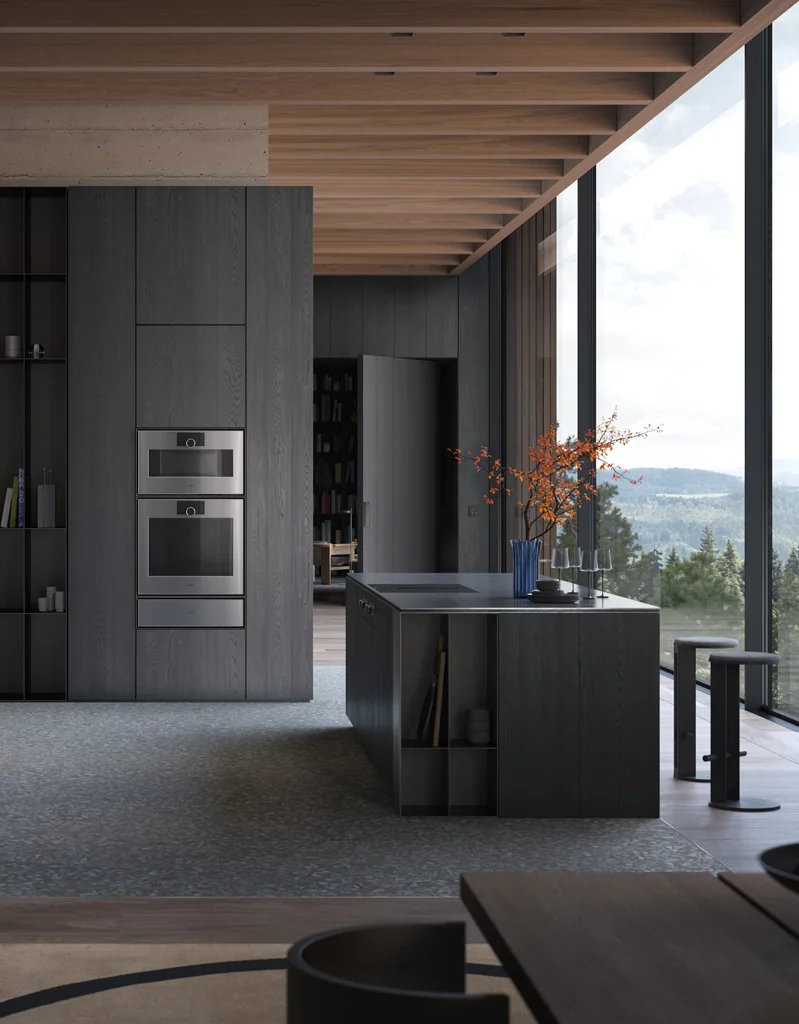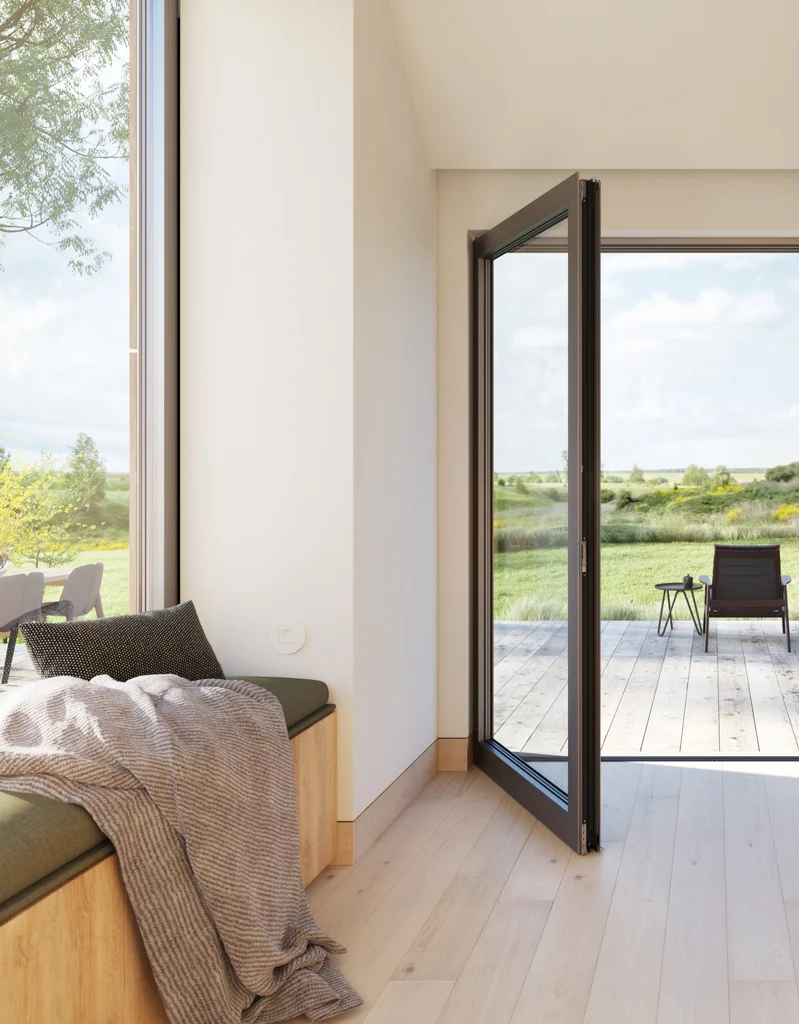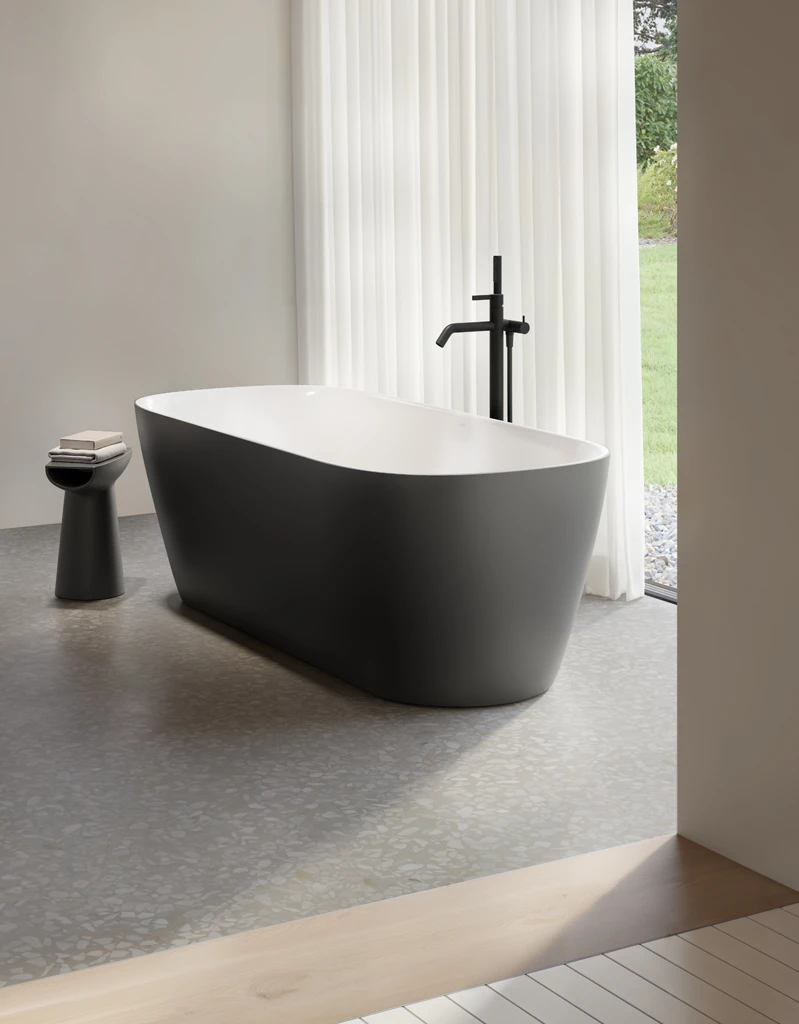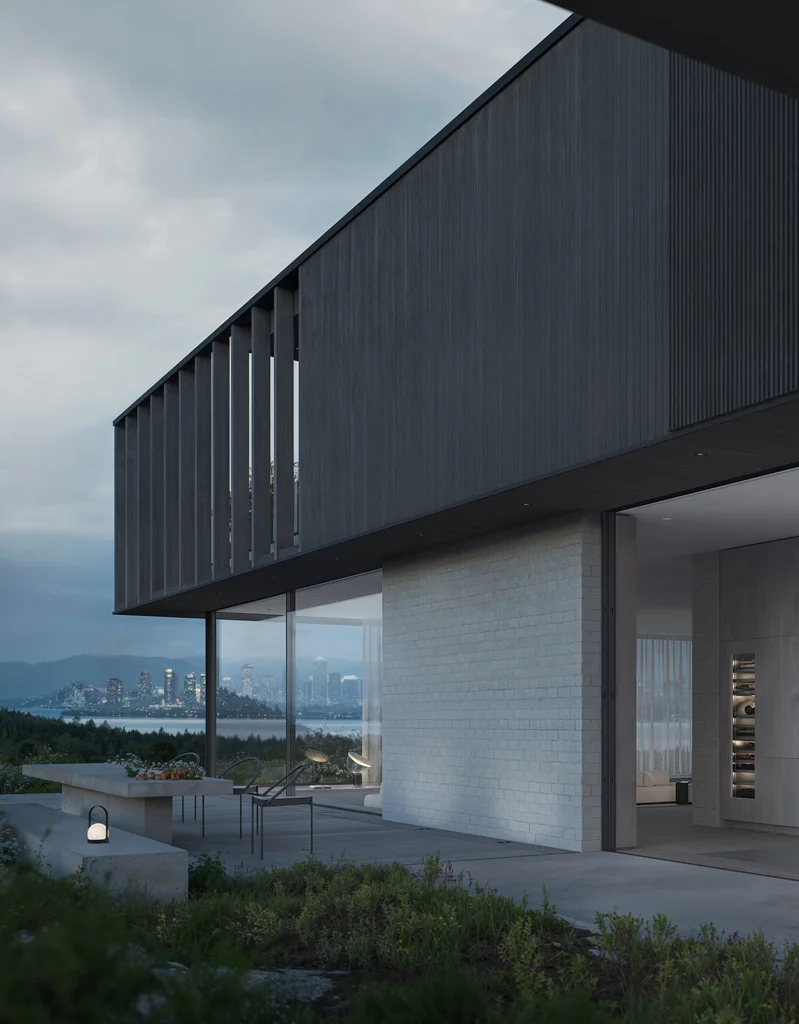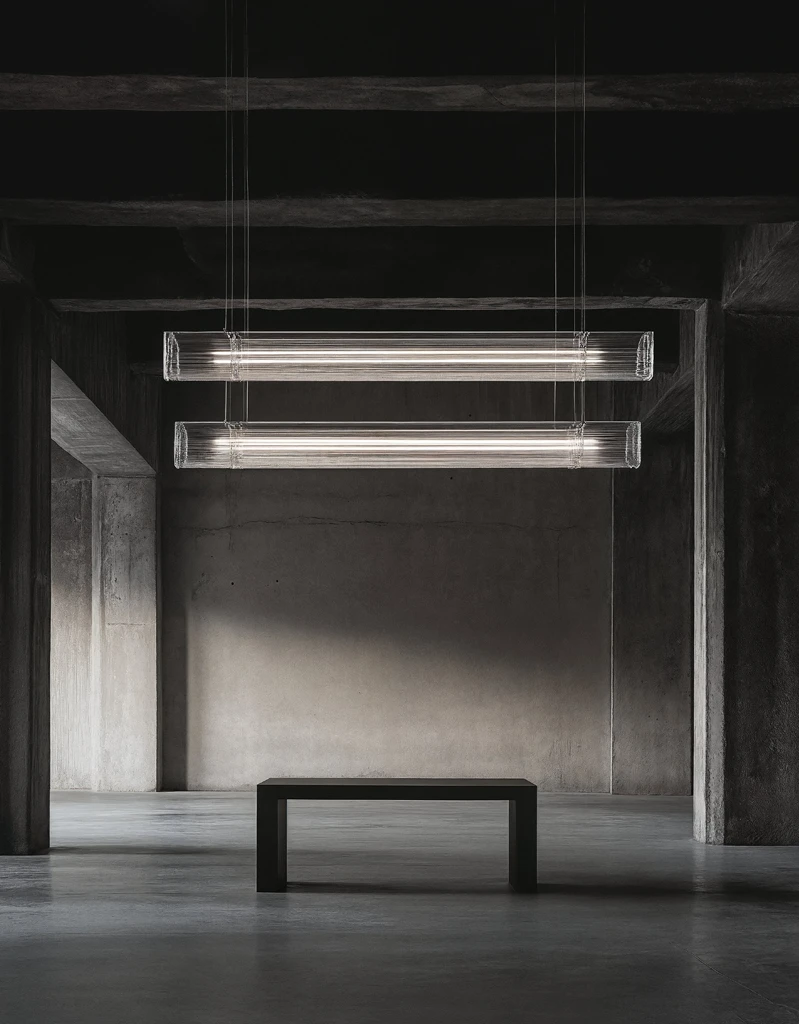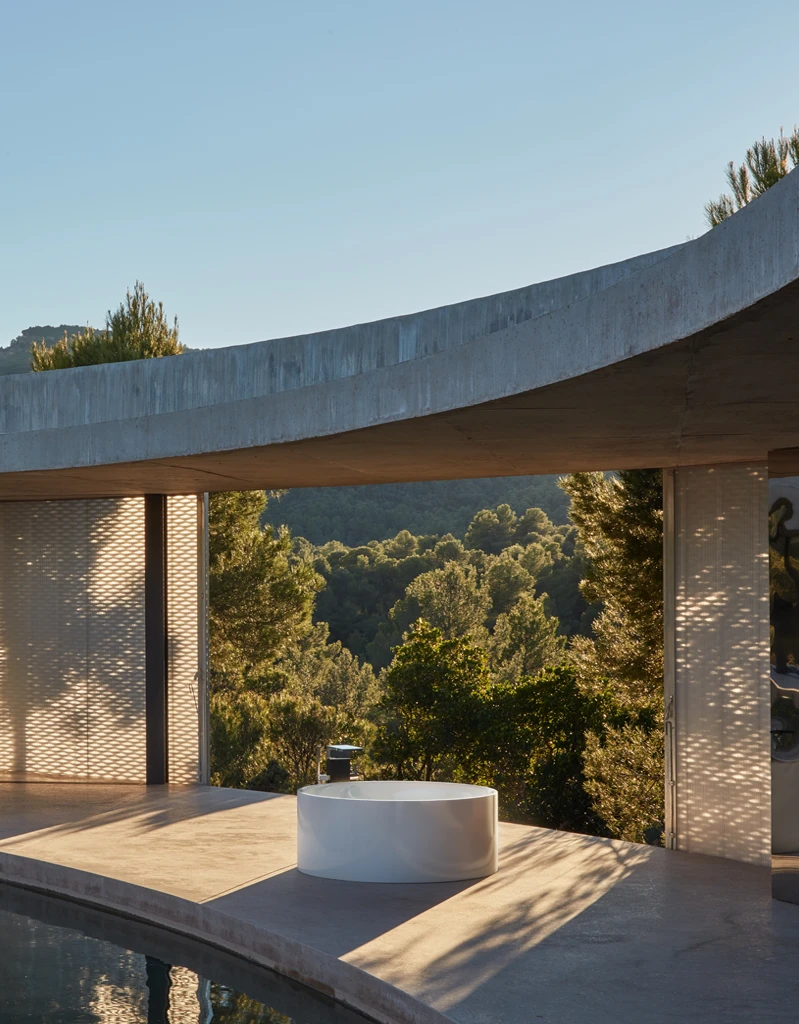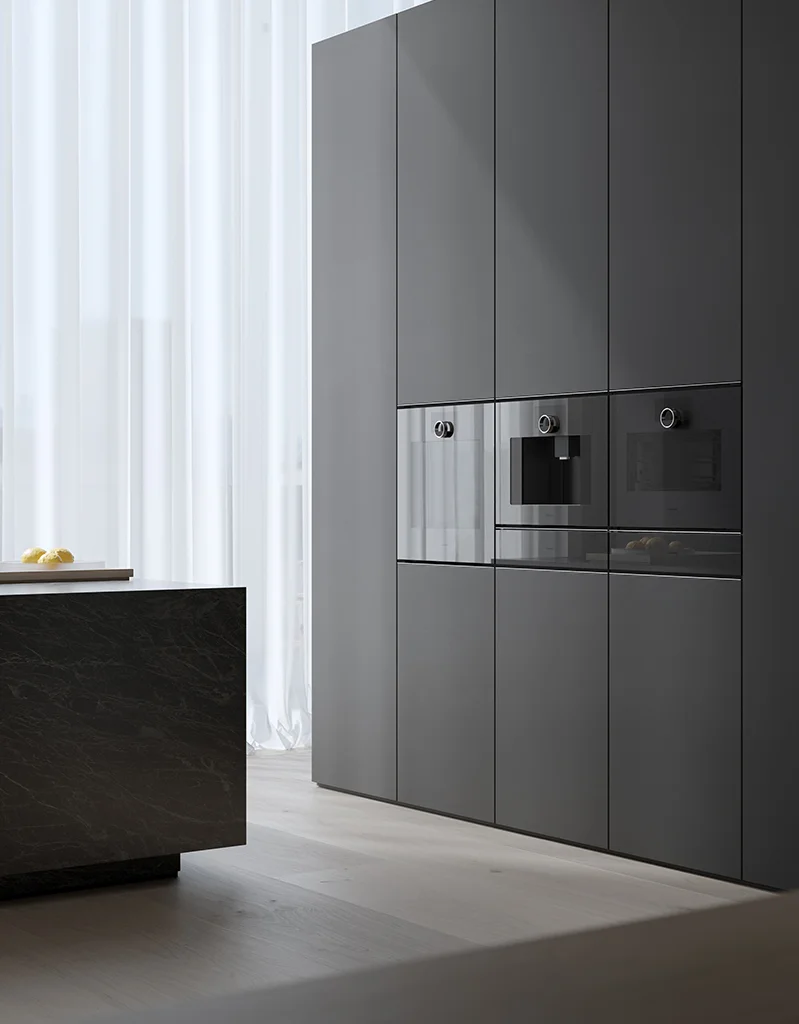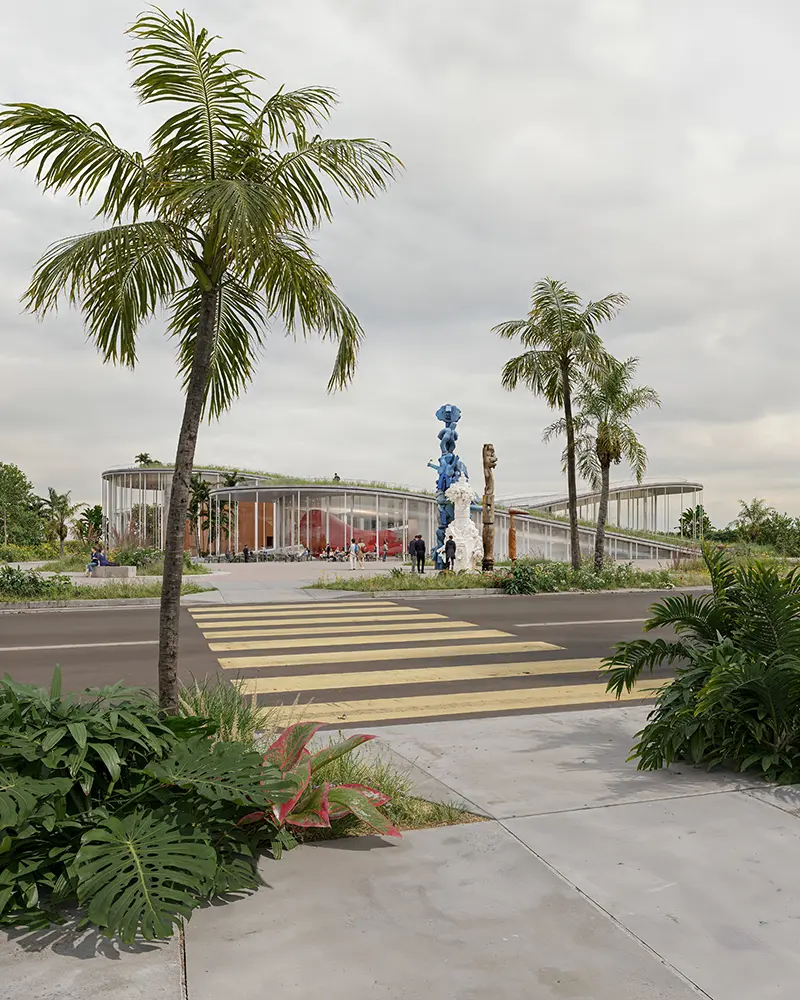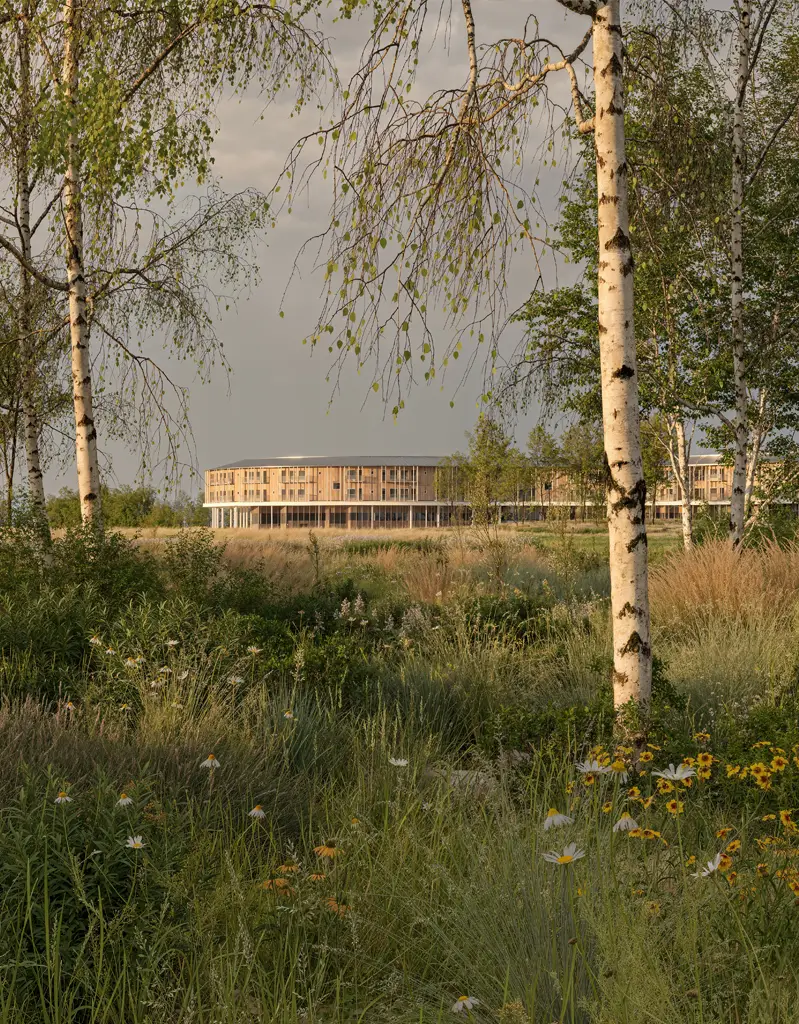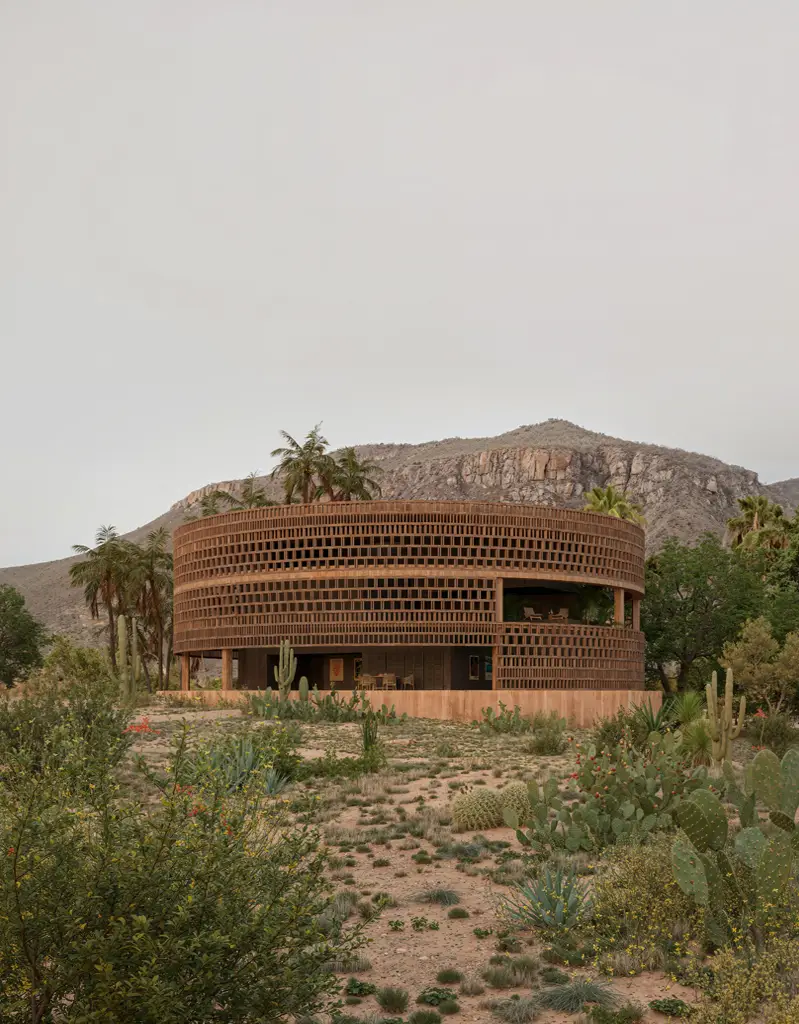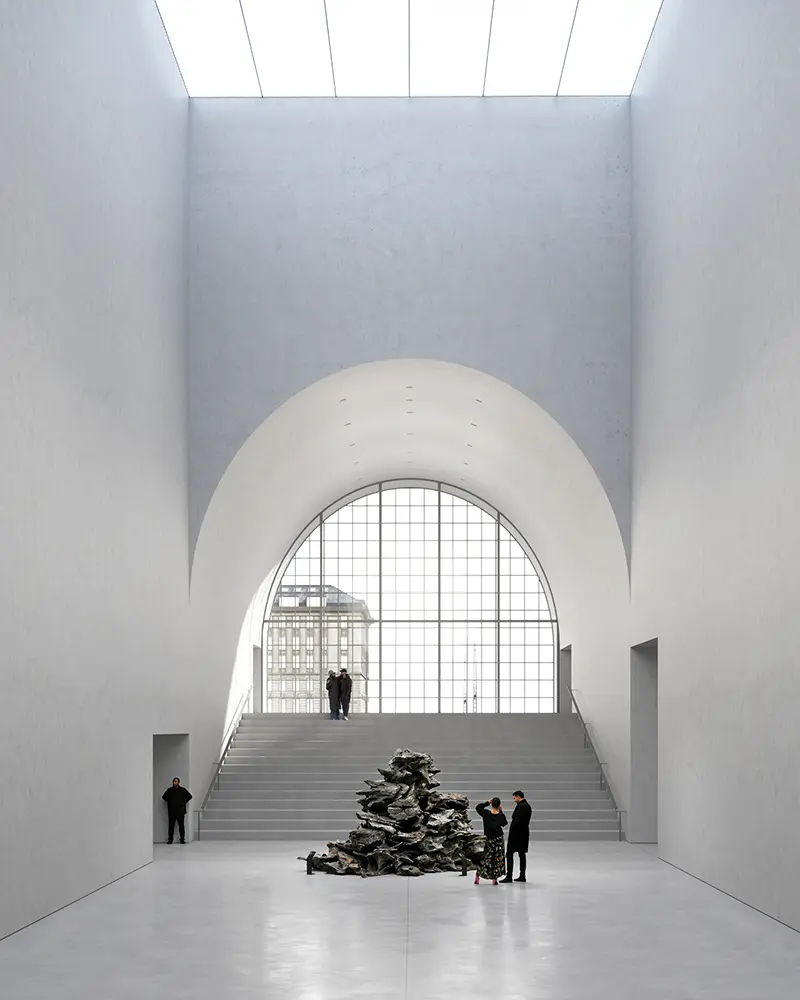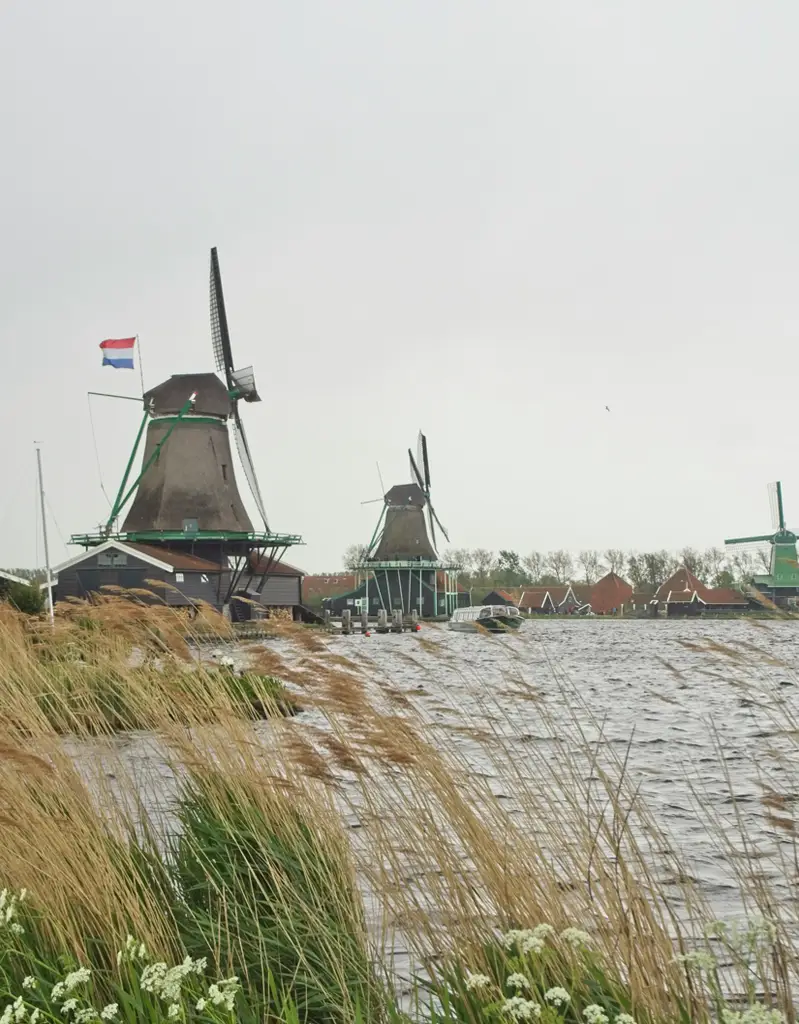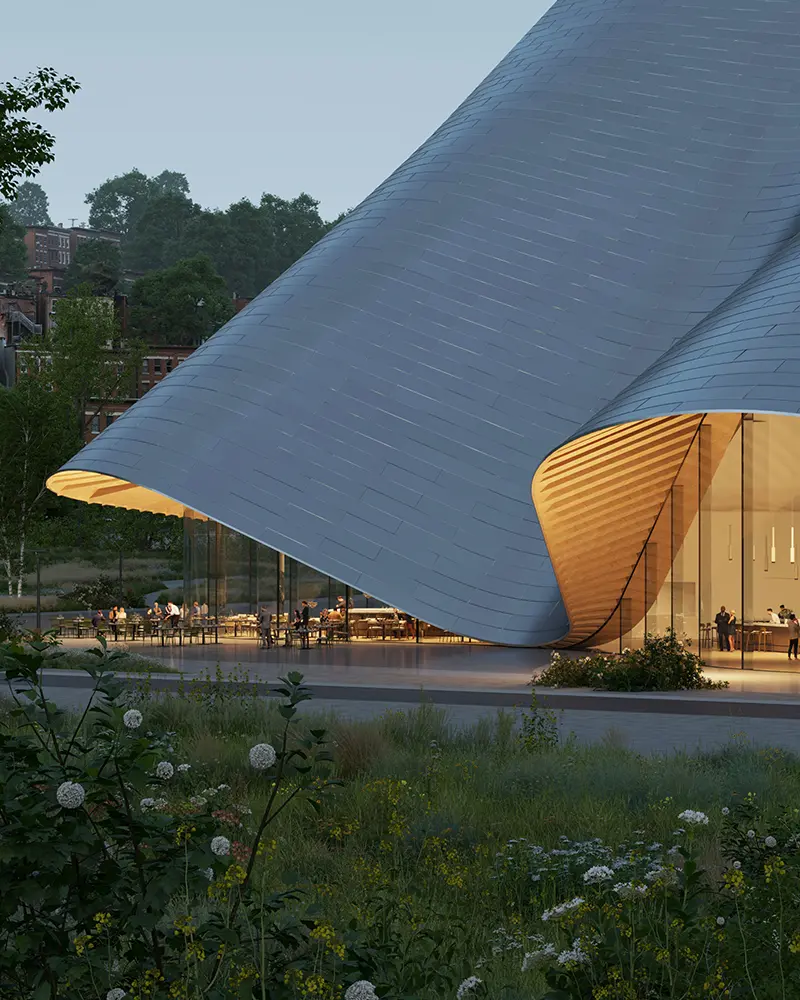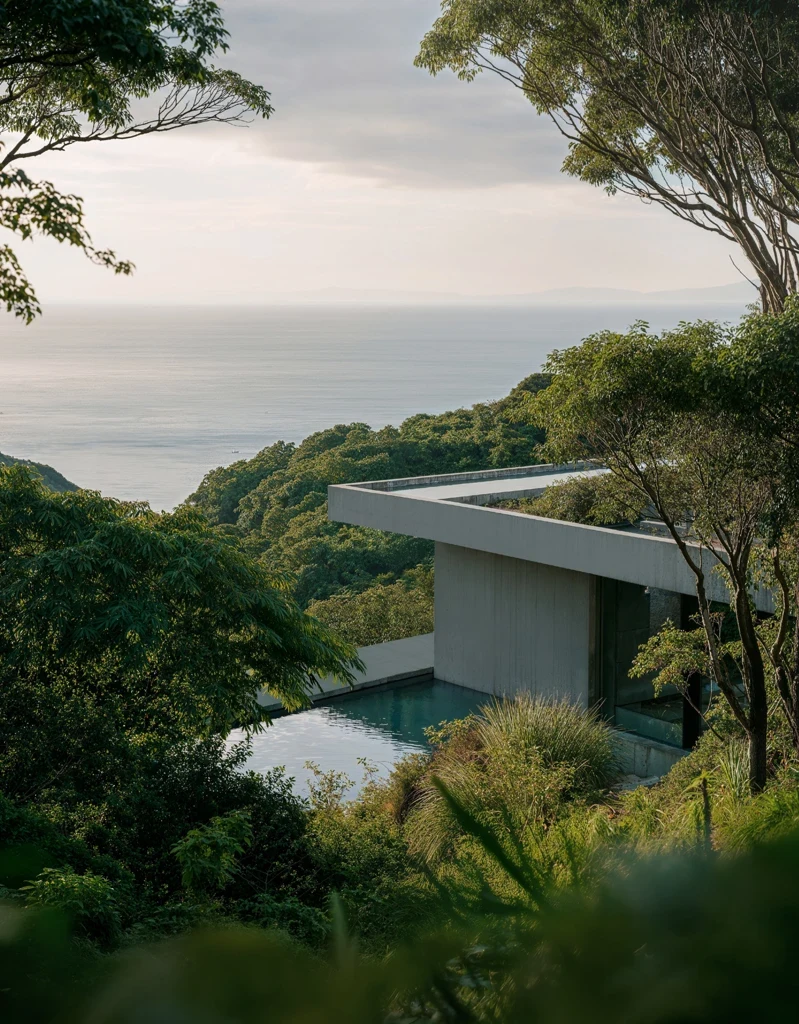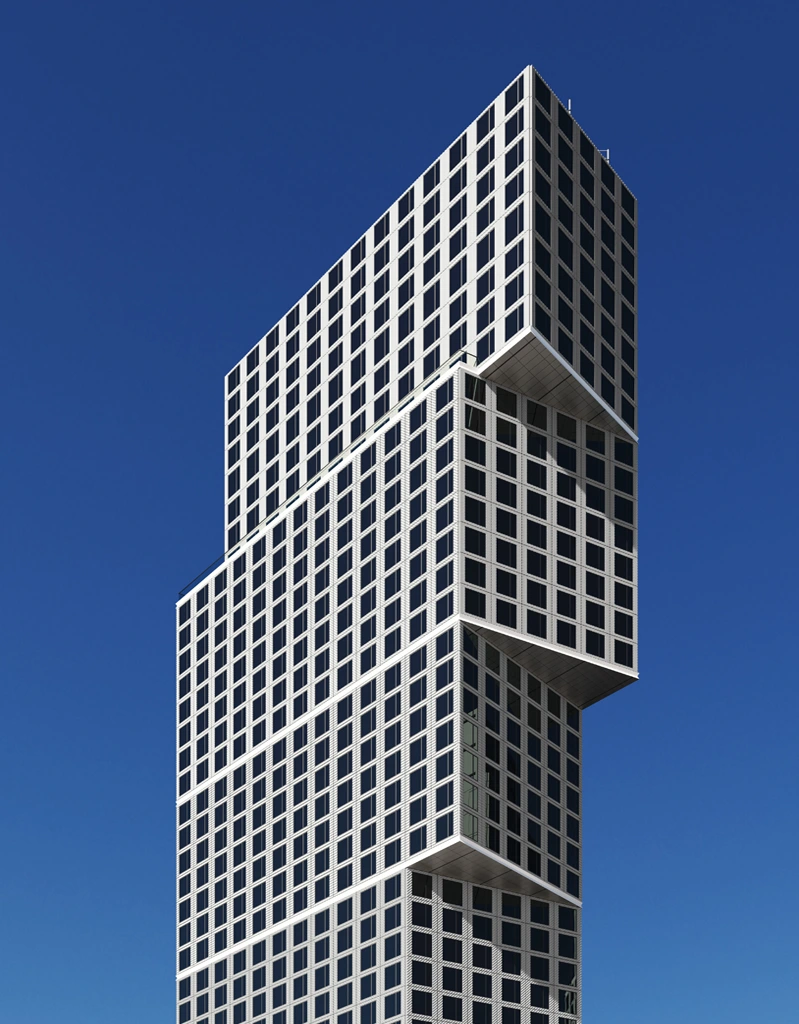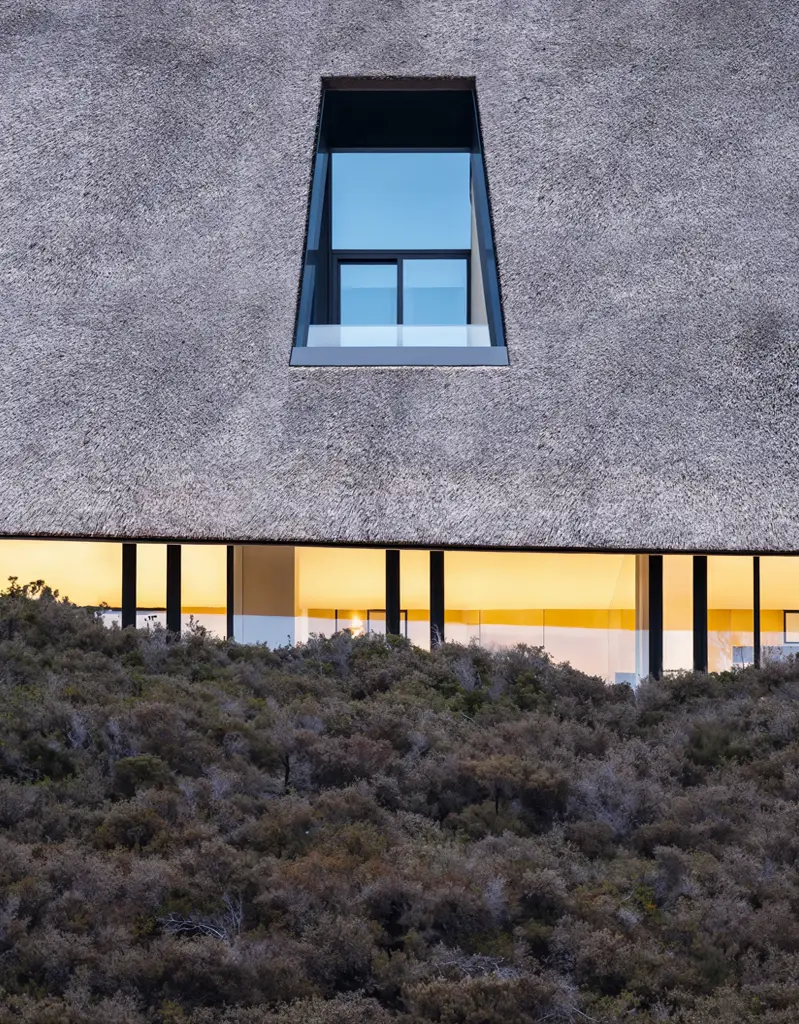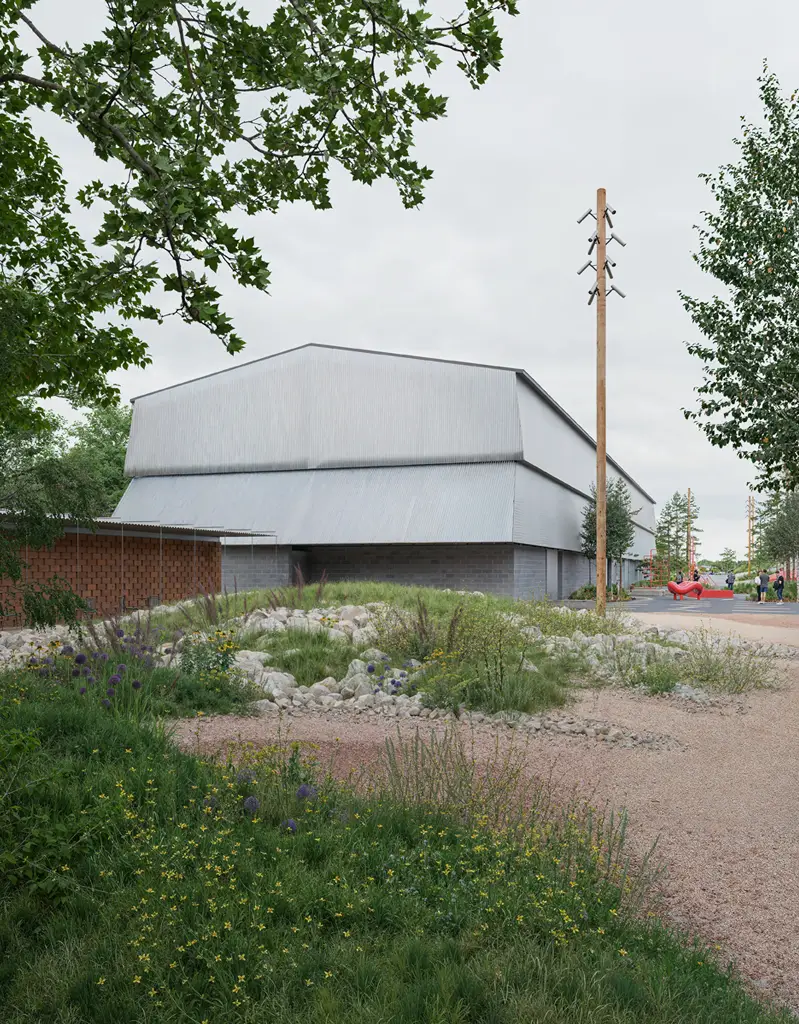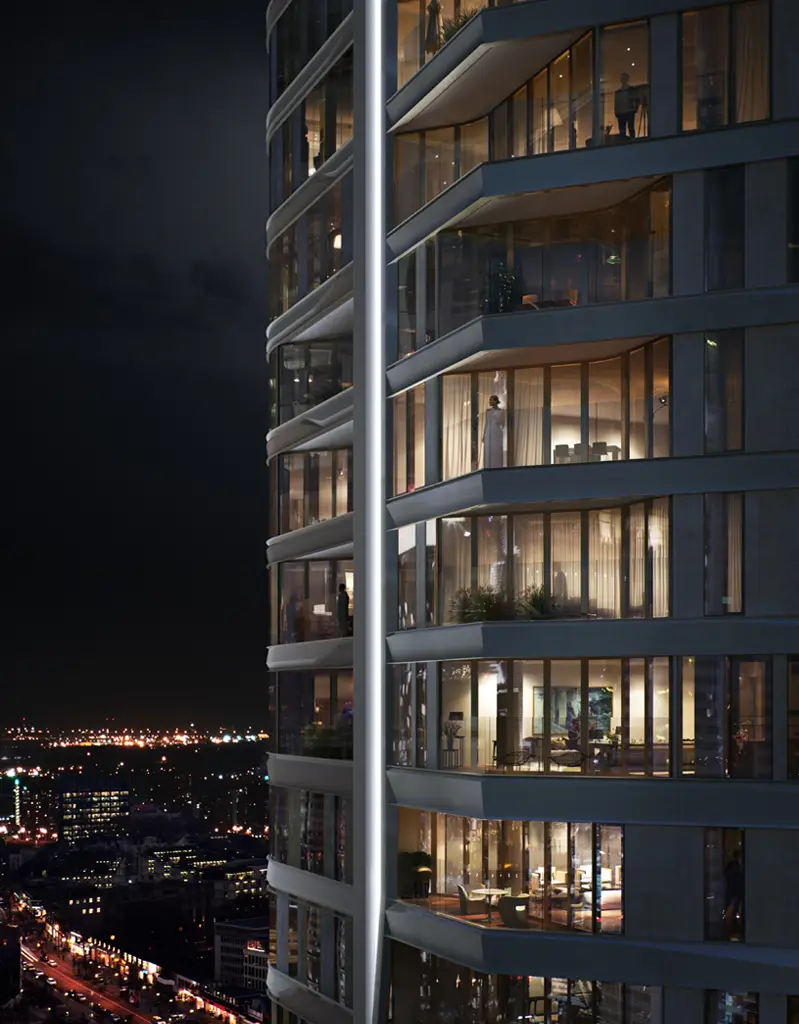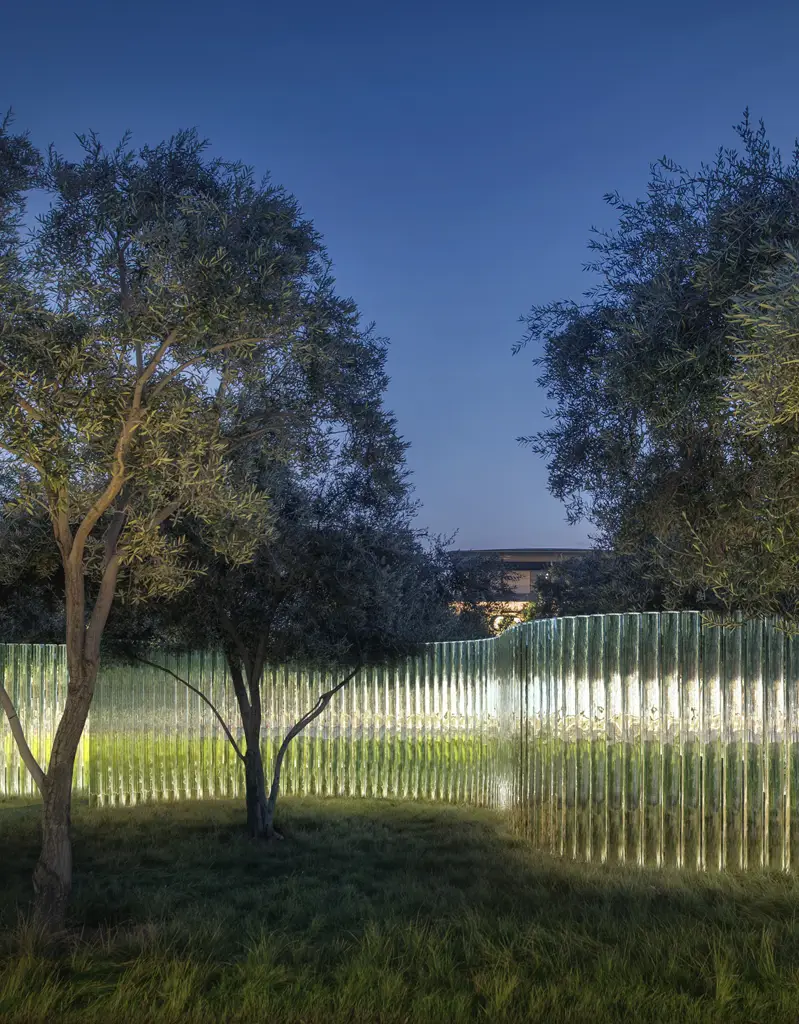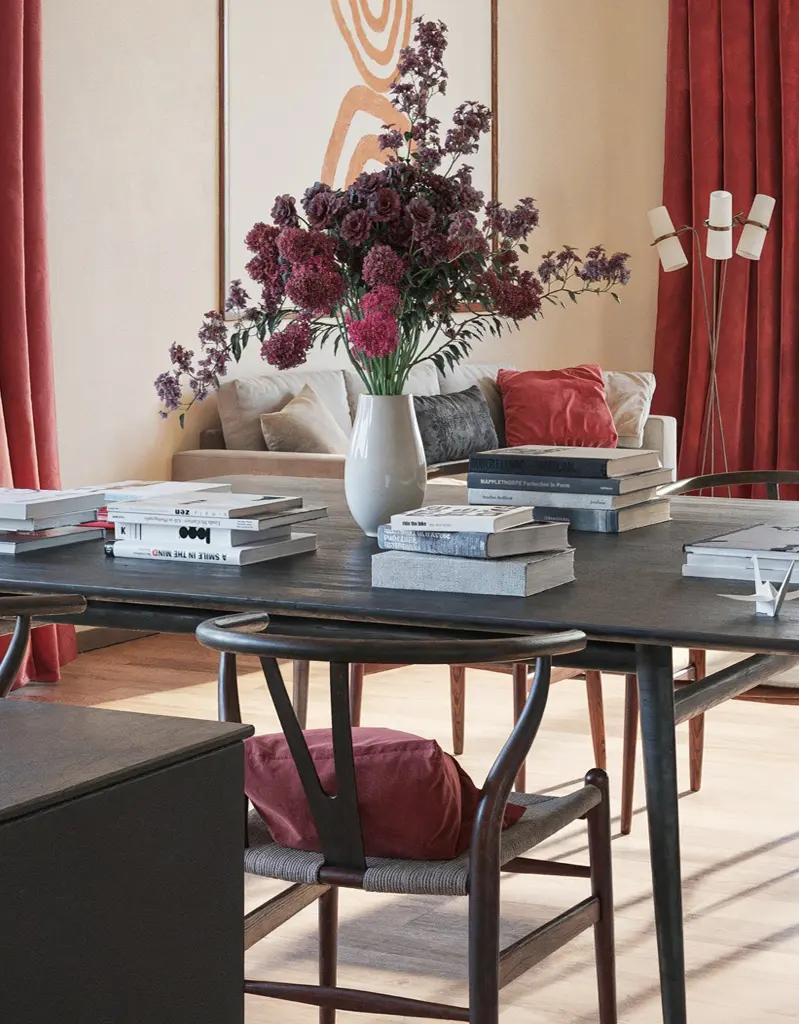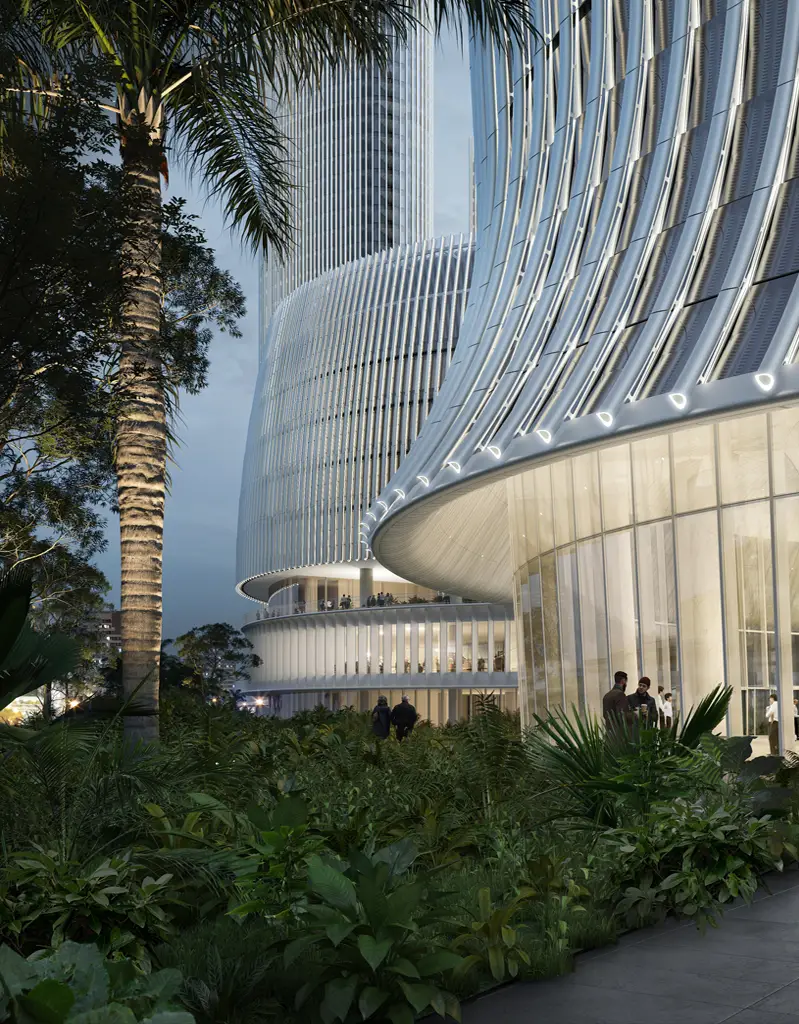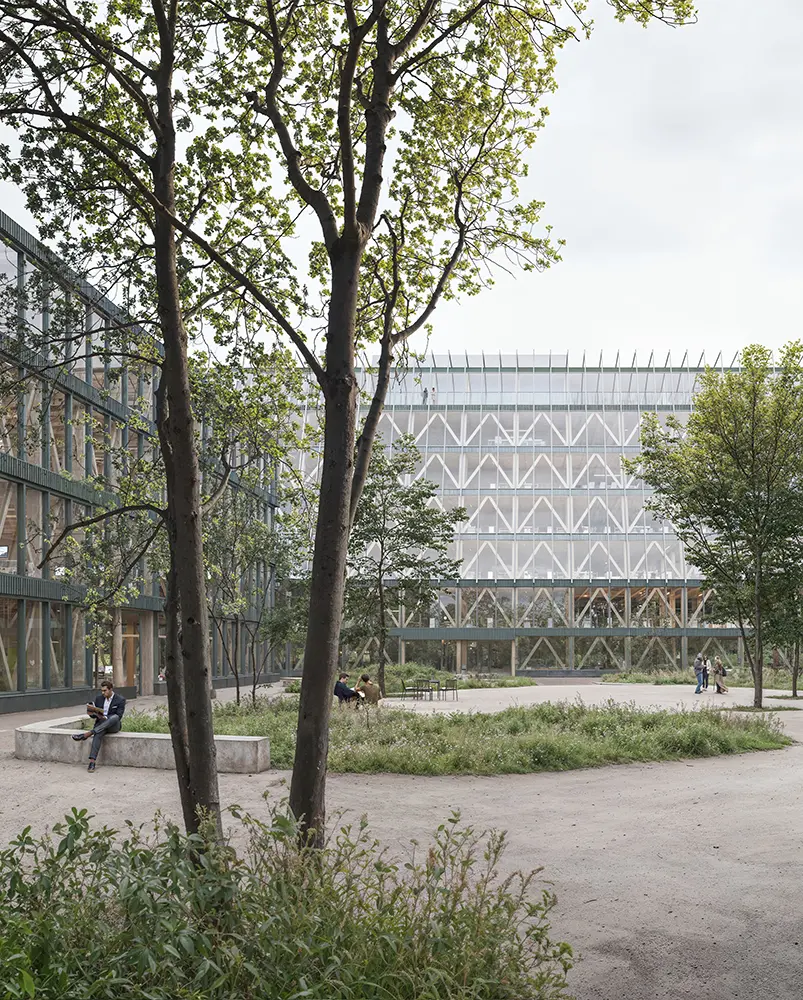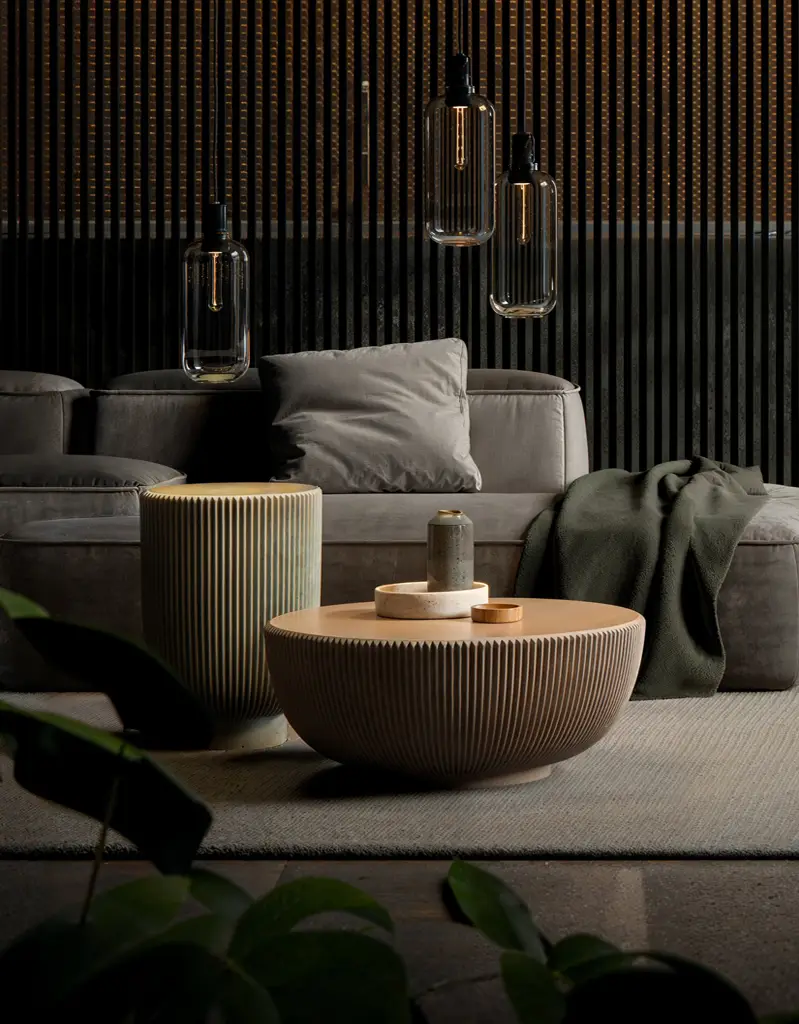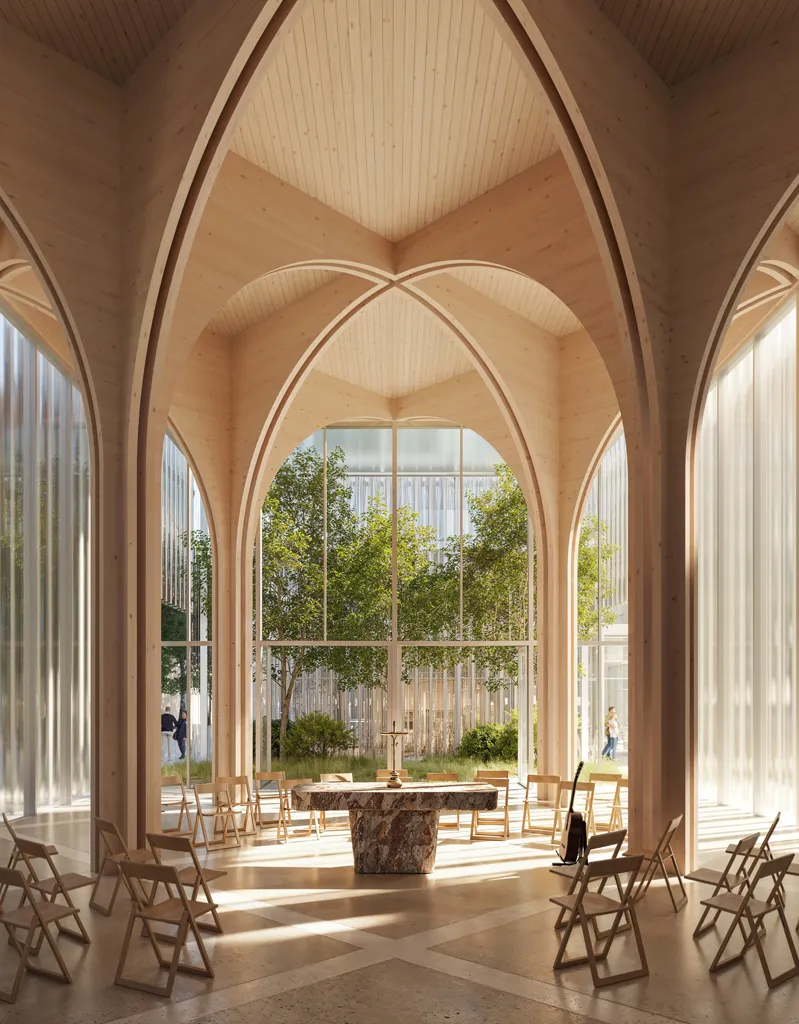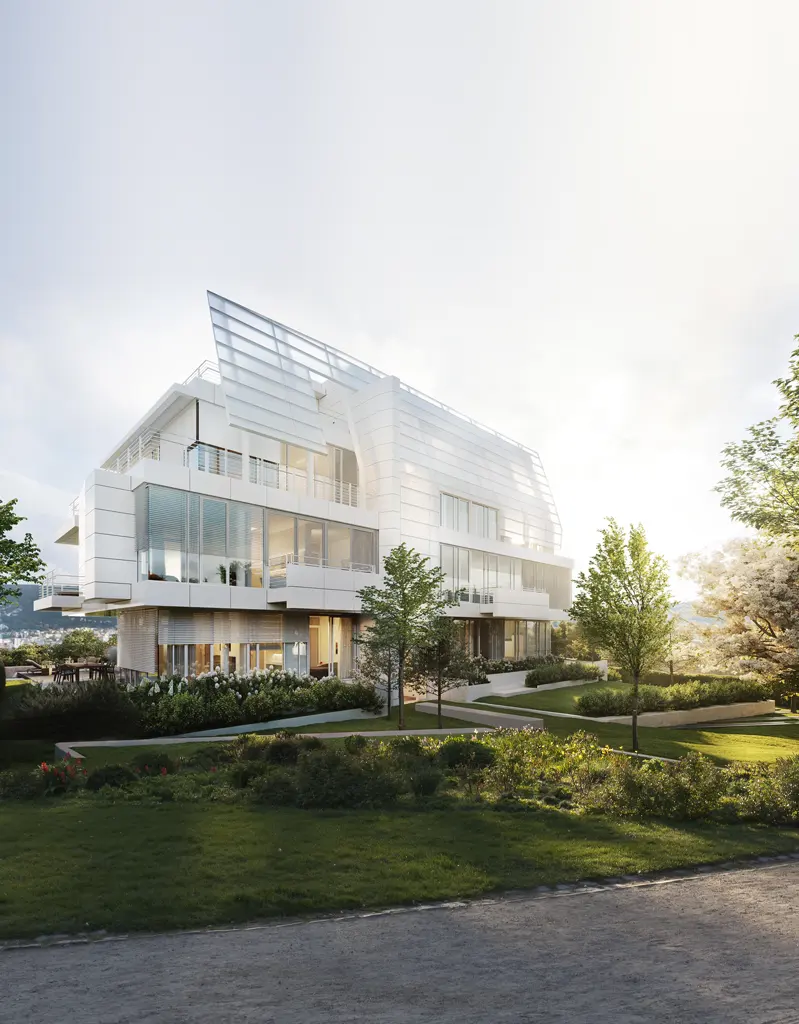
Regional Air Mobility
Lilium
Lilium was never just a new mode of transportation—it was a reimagining of distance, time, and movement. At the intersection of aerospace engineering, sustainability, and design precision, Lilium introduced the world’s first all-electric vertical take-off and landing jet: a quiet revolution in the skies.
Inspired by the elegance of natural flight and the clarity of minimalist design, the Lilium Jet brought together engineering logic and sculptural beauty. With 30 quiet electric ducted fans seamlessly integrated into the wings, lift and thrust were achieved without the noise or emissions of conventional flight.
But Lilium was more than a vehicle. It was a mobility infrastructure—a vision of connected cities and regions, where flight became part of everyday life. Through a decentralized network of vertiports, Lilium enabled point-to-point air travel, reducing hours of ground transit to mere minutes in the air. Quiet, clean, and efficient, it was built for integration into both urban and rural landscapes—not above them, but in harmony with them.
Location Design Narrative
Lilium was rethinking how we move through space and how architecture could respond to a future unbound by roads or runways. For us, the jet was a new medium for storytelling, demanding its own spatial and emotional world.
We designed a sequence of environments—vertiports, lounges, landing gardens—that acted as narrative touchpoints along the journey. These structures were designed to amplify context. Glass, stone, vegetation, and engineered light came together to create atmospheres of anticipation and reflection. Here, passengers did not simply board a vehicle—they prepared to enter a new dimension of experience.
Passengers moved through spaces of quiet precision before lifting into the air—an ascent not of spectacle, but of release. Arrival was equally choreographed: garden courtyards, alpine clearings, and coastal platforms offered soft landings back to earth, tuned to their local context.
Through these places, we extended Lilium’s philosophy—honoring silence, precision, and emotion. What we built weren’t just points of departure, but a new architecture of flight—one that helped us feel the sky again.
Lilium was never just a new mode of transportation—it was a reimagining of distance, time, and movement. At the intersection of aerospace engineering, sustainability, and design precision, Lilium introduced the world’s first all-electric vertical take-off and landing jet: a quiet revolution in the skies.


Lilium
Regional Air Mobility
Lilium was rethinking how we move through space and how architecture could respond to a future unbound by roads or runways. For us, the jet was a new medium for storytelling, demanding its own spatial and emotional world.
We designed a sequence of environments—vertiports, lounges, landing gardens—that acted as narrative touchpoints along the journey. These structures were designed to amplify context. Glass, stone, vegetation, and engineered light came together to create atmospheres of anticipation and reflection. Here, passengers did not simply board a vehicle—they prepared to enter a new dimension of experience.
Lilium was rethinking how we move through space and how architecture could respond to a future unbound by roads or runways. For us, the jet was a new medium for storytelling, demanding its own spatial and emotional world.

Regional Air Mobility
Lilium had the potential to connect regions once considered remote, fragmented, or logistically isolated—linking rural landscapes to urban centers, coastal towns to inland hubs, and neighborhoods to nature in minutes rather than hours. By dramatically reducing travel time while minimizing environmental impact, Lilium redefined what proximity meant. It enabled people to live further from dense cities without losing access to opportunity, to work in one region and care for family in another, to reach healthcare, education, or culture without compromise. For many, it meant more choice, more time, and a deeper sense of connection—to place, to people, and to possibility.
Lilium had the potential to connect regions once considered remote, fragmented, or logistically isolated—linking rural landscapes to urban centers, coastal towns to inland hubs, and neighborhoods to nature in minutes rather than hours.





